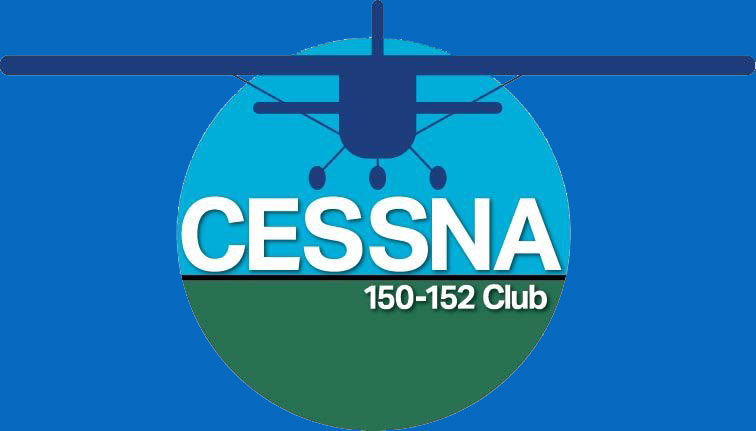AD 68-17-04 Stall Warning System
September 7, 1968
This AD initially applied to the “F” through “H” model. But it would also apply if the bad horn or reed migrated through the parts supply system into any other 150.
The AD required a physical test of the stall warning system before every flight. The pilot could do the test. This test was required until the reed or the horn was replaced, and a screen was placed over the opening in the wing, and over the exposed horn bell in the cabin.
68-17-04 CESSNA: Part 39, Amendment 39-650. Applies to Models 150 (Serial Numbers 15061533 through 15069308), 172 (Serial Numbers 17254893 through 17257161), 177 (Serial Numbers 17700001 through 17701164), 180 (Serial Numbers 18051824 through 18051977), 185 (Serial Numbers 185-1198 through 185-1429), F150 (Serial Numbers F150-0001 and up), F172H (Serial Numbers F172-0320 and up), and Reims Rocket (Serial Numbers FR172-0001 and up), airplanes equipped with pneumatic stall warning system, Cessna Part Number 0413029-200, and those Model 150, 172, 177, and 185 airplanes other than the serial numbers listed above in which the pneumatic stall warning system has been installed as a replacement for the originally installed system.
Compliance required as indicated.
To assure proper operation of the stall warning system in flight accomplish the following:
(a) Prior to flight, test the pneumatic stall warning system and determine if it is functioning properly, as provided in Paragraph 16-53A of Cessna 100 Series Service Manual, 1963 through 1967, which tells operators to test the horn operation by covering the opening in the left wing with a clean cloth, such as a handkerchief, and applying a slight suction by mouth to draw air through the horn. A properly functioning horn will provide a sound that is clearly audible. The check required by this part of the Airworthiness Directive maybe performed by the pilot.
(b) Within 10 hours time in service after the effective date of this Airworthiness Directive, install a placard on the instrument panel in full view of the pilot with the following wording: “Preflight test the pneumatic stall warning system as directed by AD 68-17-04.”
(c) If, as a result of the preflight test required in paragraph (a) of this Airworthiness Directive, it is determined that the pneumatic stall warning system is not functioning properly, repair it by removal of Cessna reed assembly Part Number 04130281 and the installation of Cessna reed assembly Part Number 0413483-2 and by the affixing of 18 x 14 or 18 x 16 mesh screen over the exposed horn bell inside the cabin and over the left wing opening or by any other modification approved by the Chief, Engineering and Manufacturing Branch, Federal Aviation Administration, Central Region. Thereafter, flight test the aircraft to assure that the stall warning horn sounds at 5 to 10 mph above the stall warning speed and if not, recalibrate in accordance with the provisions of the afore cited paragraph of the Cessna 100 Series Service Manual or paragraph 15-41 of the Model 177 Service Manual.NOTE: The mesh screen need not be installed in the cabin of Cessna Model 177 aircraft.
(d) If, as a result of the preflight test required in paragraph (a) of this Airworthiness Directive, it is determined that the pneumatic stall warning system is not functioning properly, and parts for the repair of the pneumatic stall warning system as call for in paragraph (c) of this Airworthiness Directive are not available, repair the system by installing a properly functioning pneumatic stall warning system, Cessna Part number 0413029-200 and continue the required preflight test until the repair called for in paragraph (c) of this Airworthiness Directive has been accomplished.
(e) After completion of the repair referred to in paragraph (c) above, the preflight test specified in paragraph (a) of this Airworthiness Directive may be discontinued and the placard required in paragraph (b) of this Airworthiness Directive removed from the aircraft.
This amendment becomes effective September 7, 1968.
